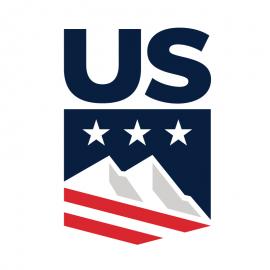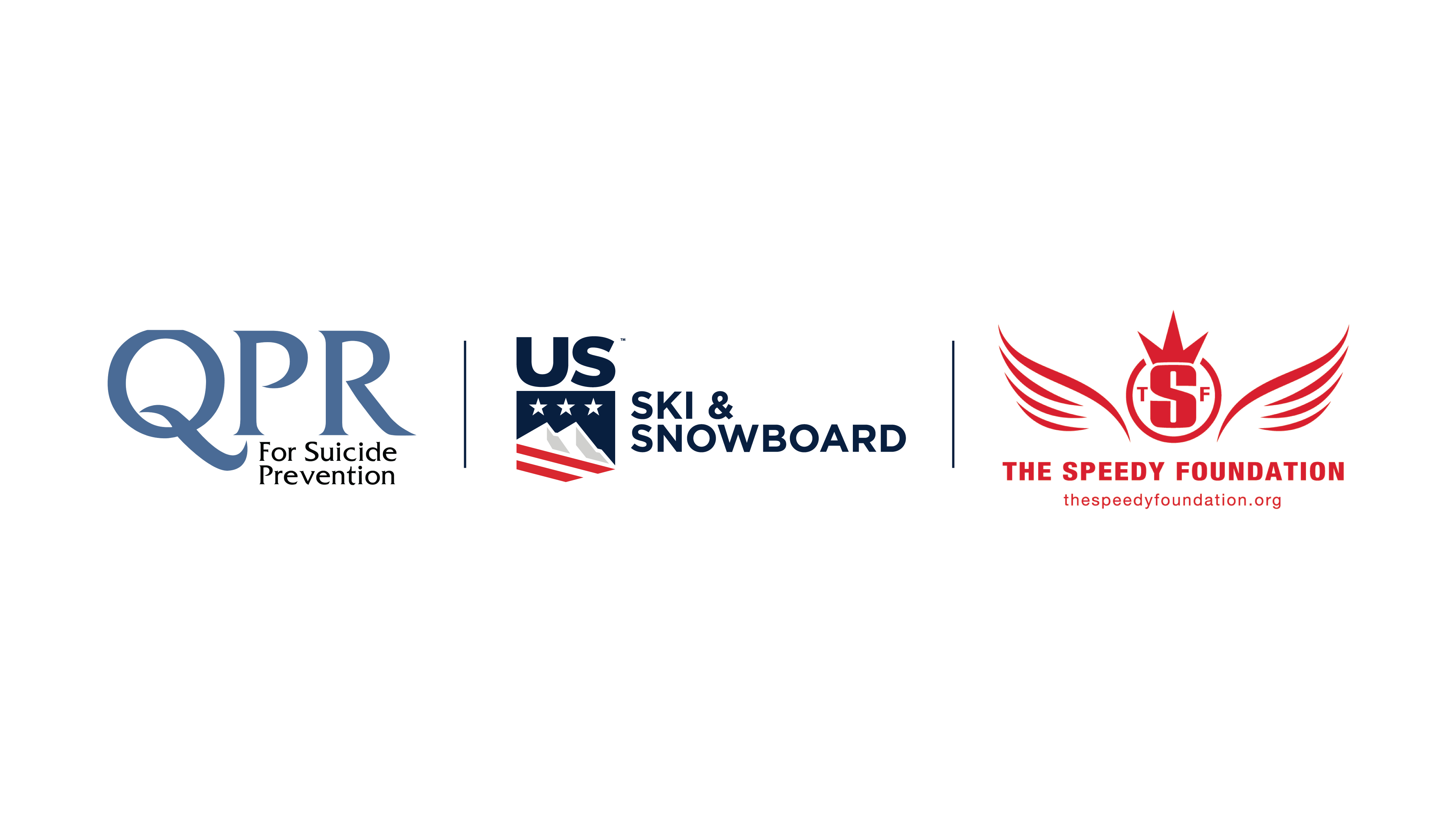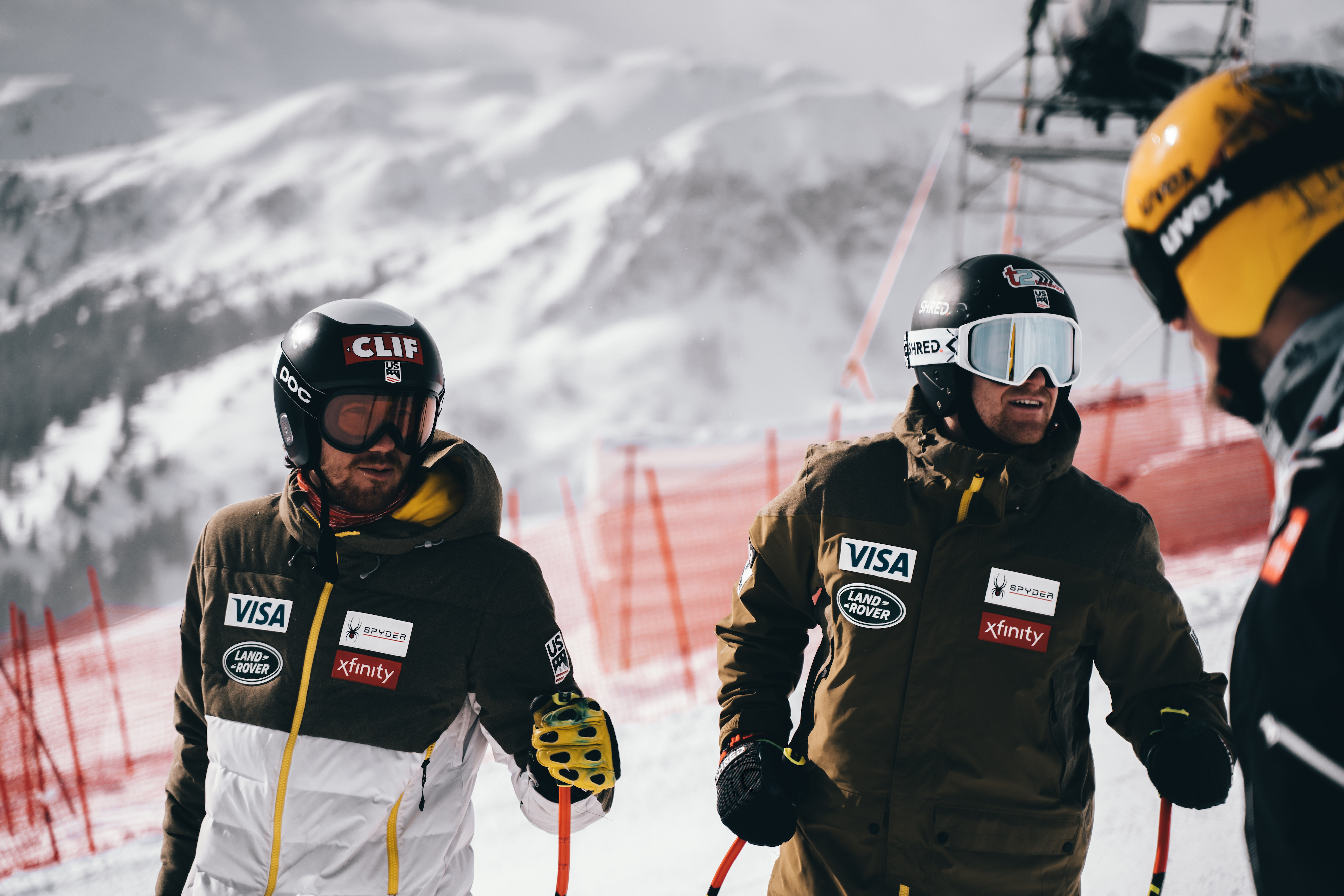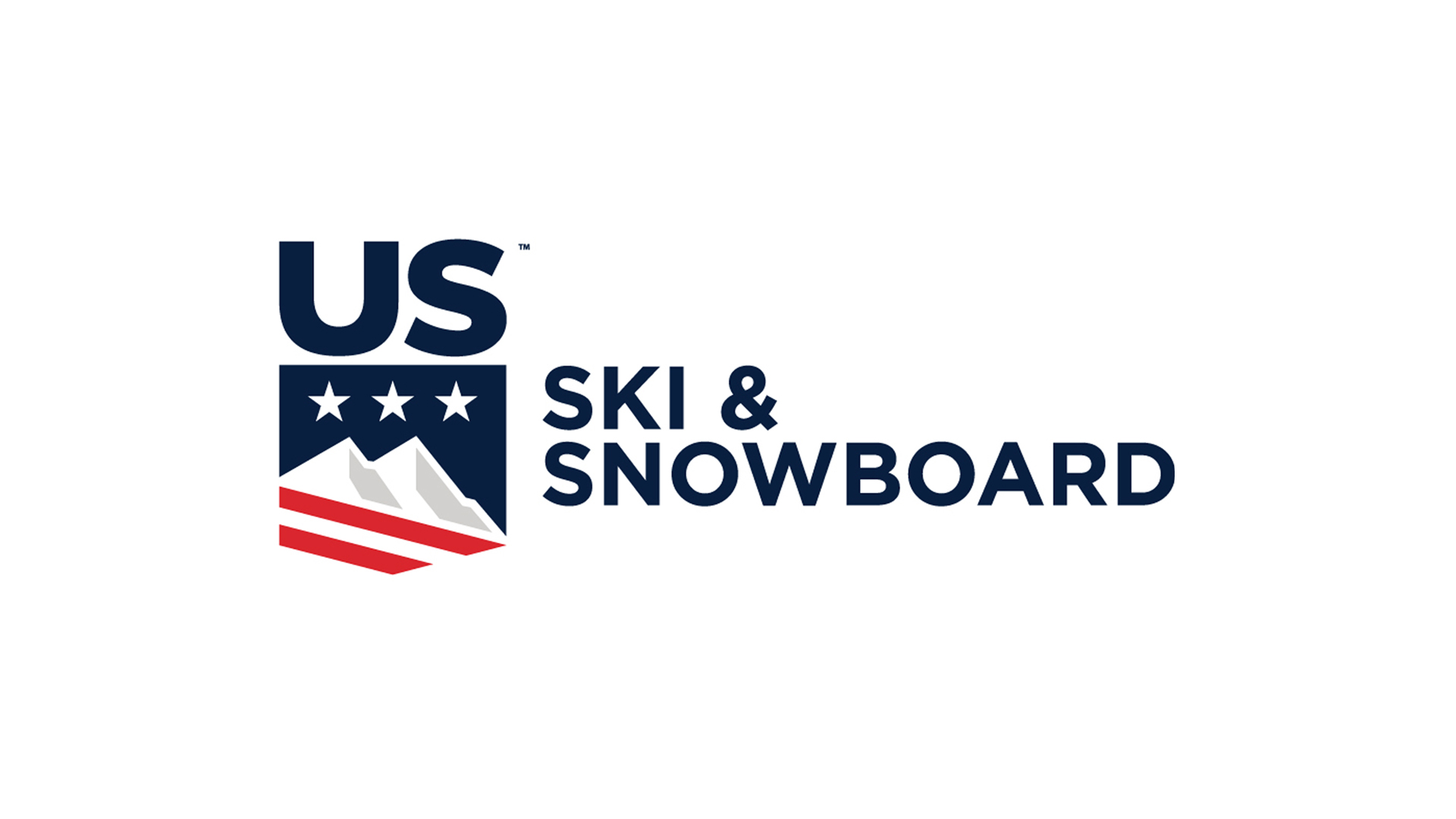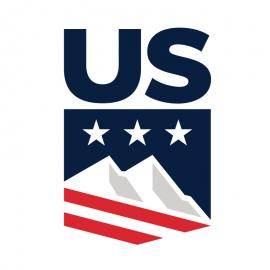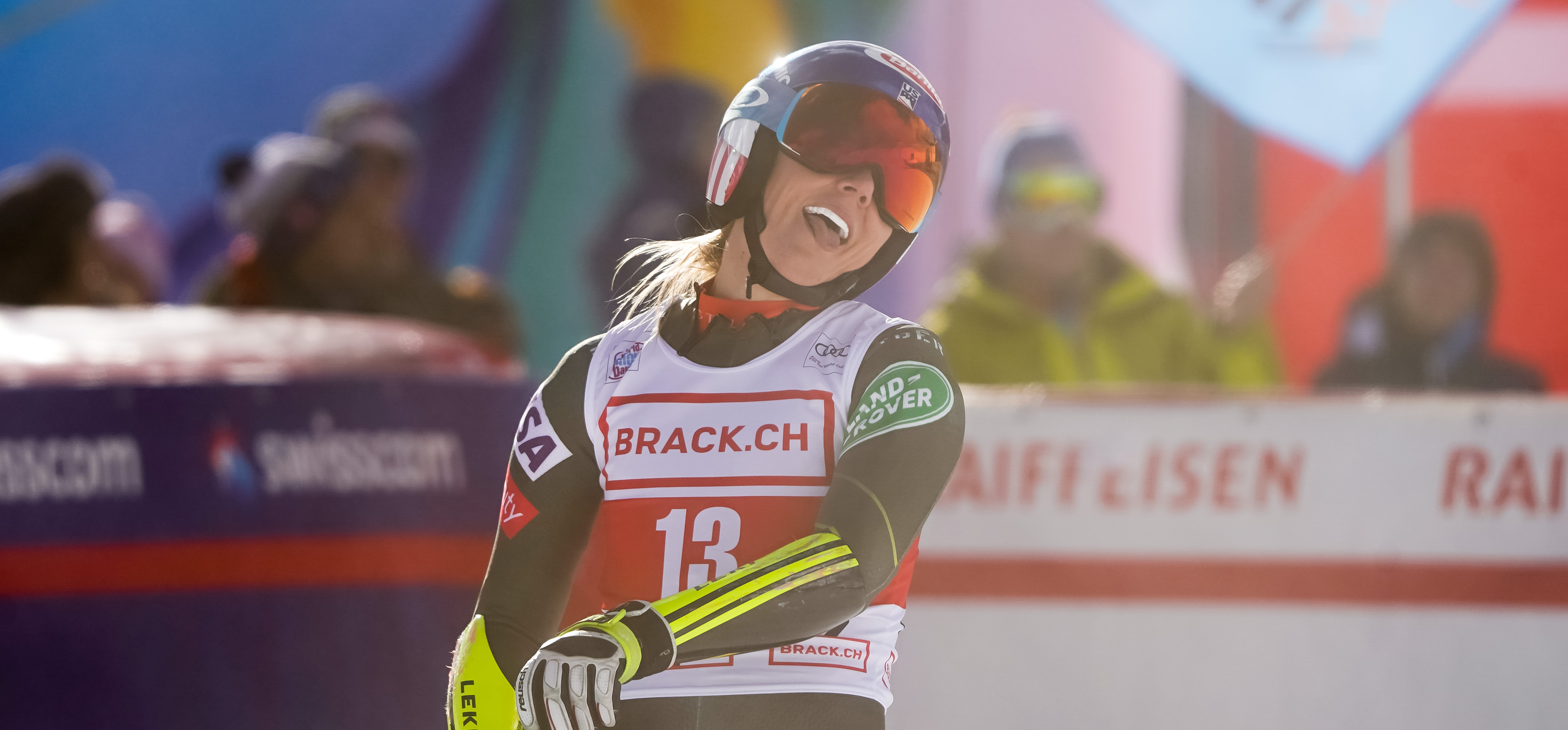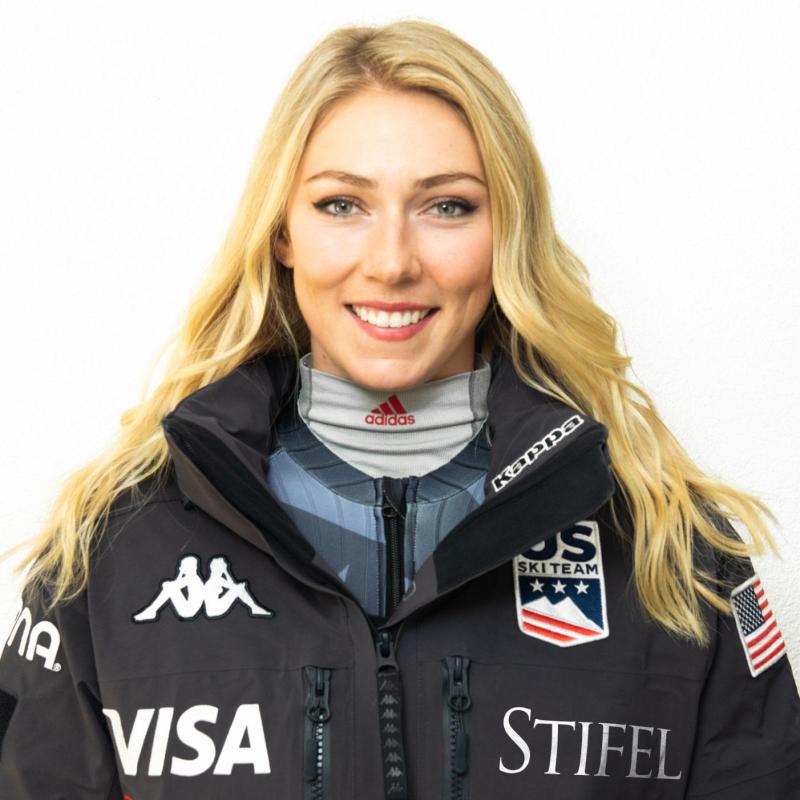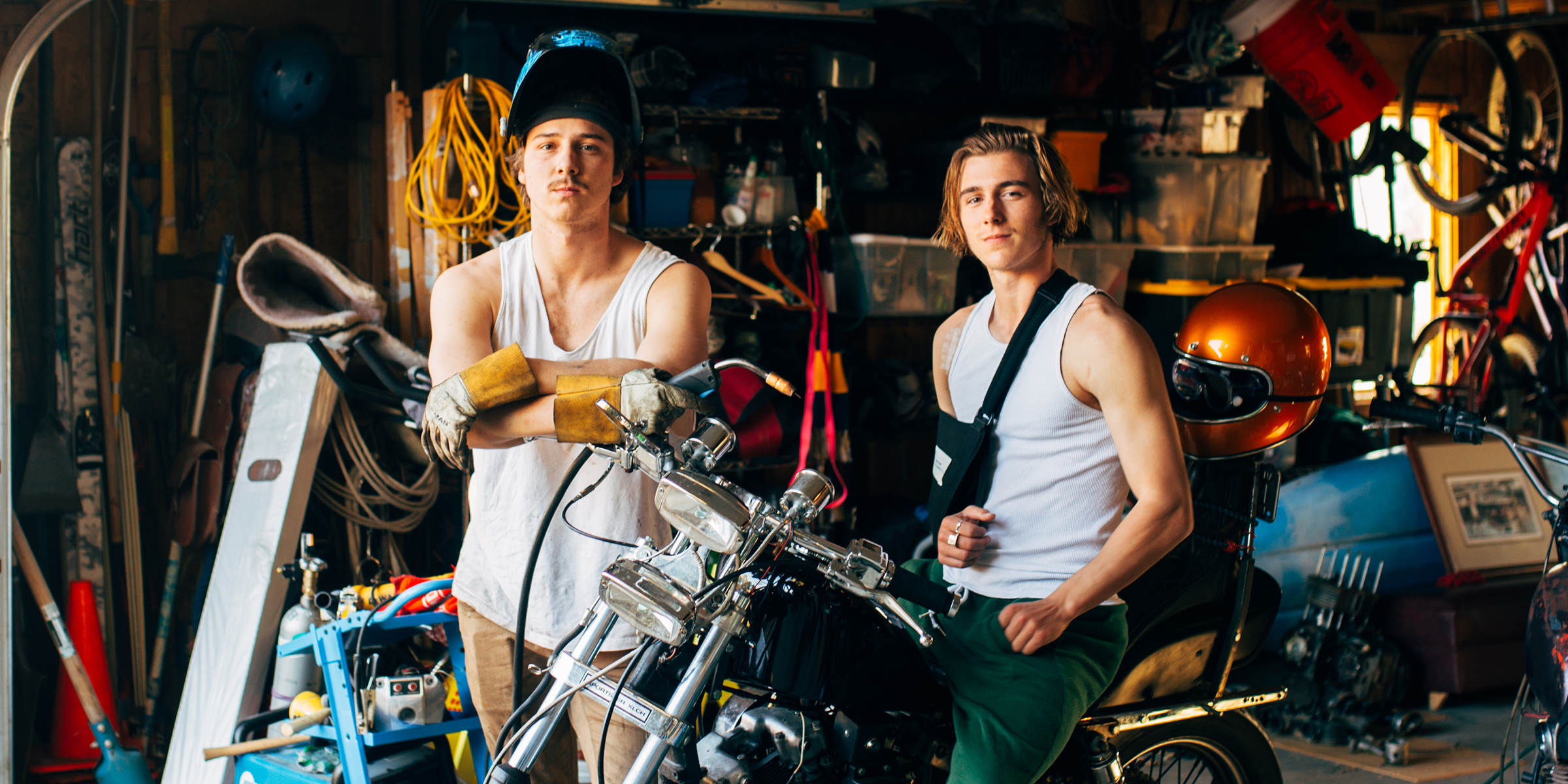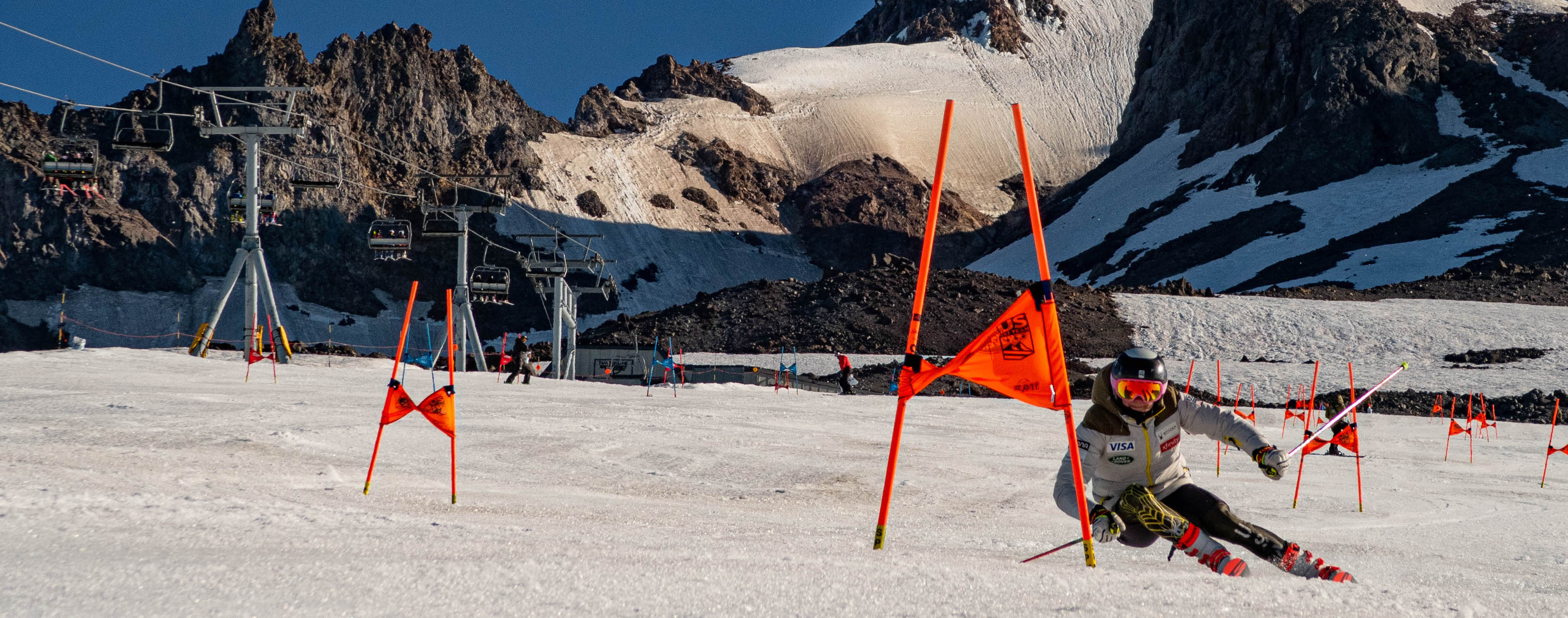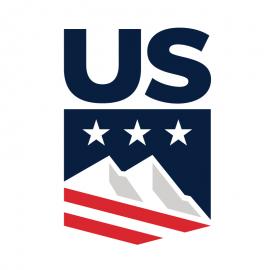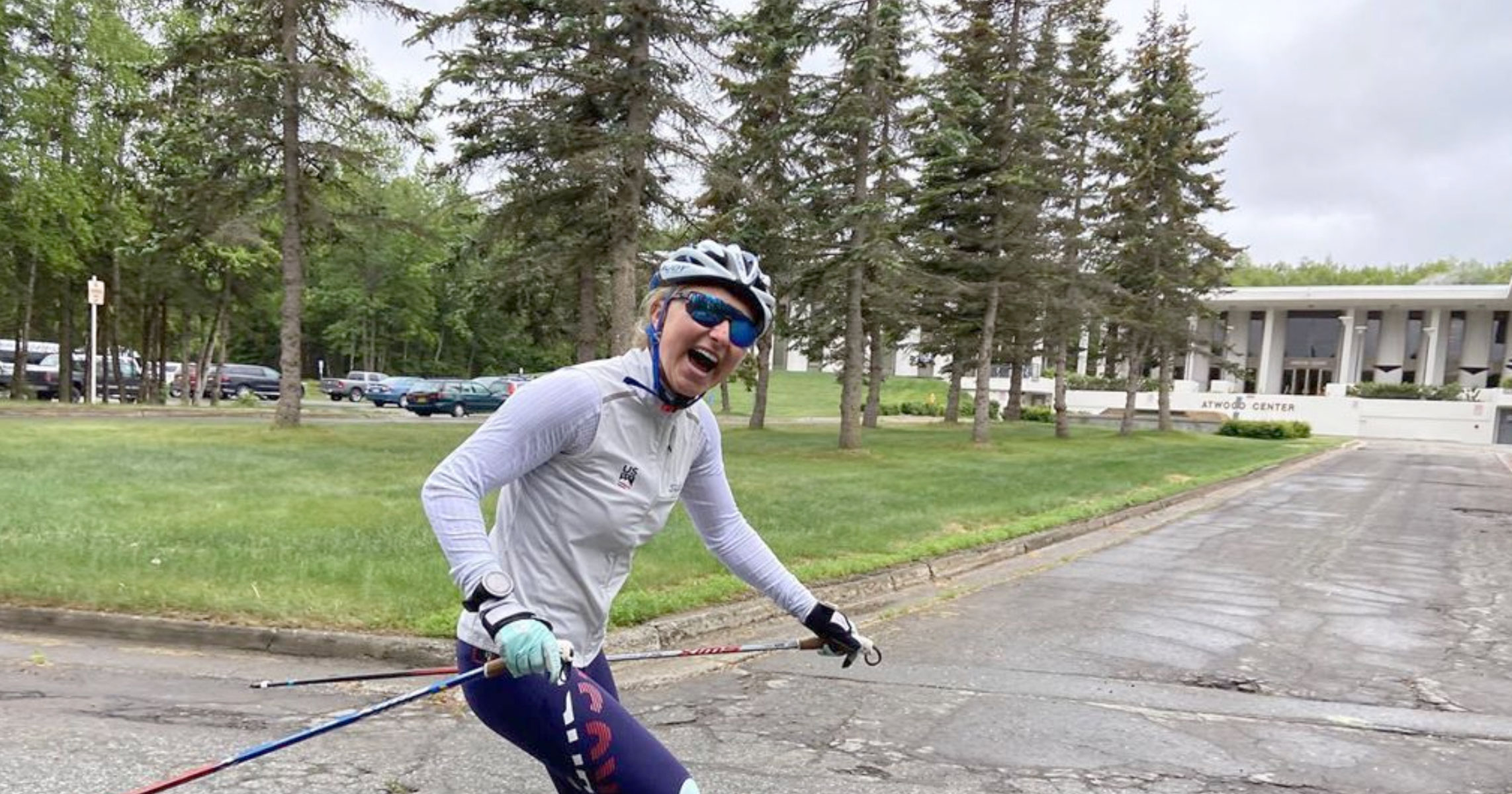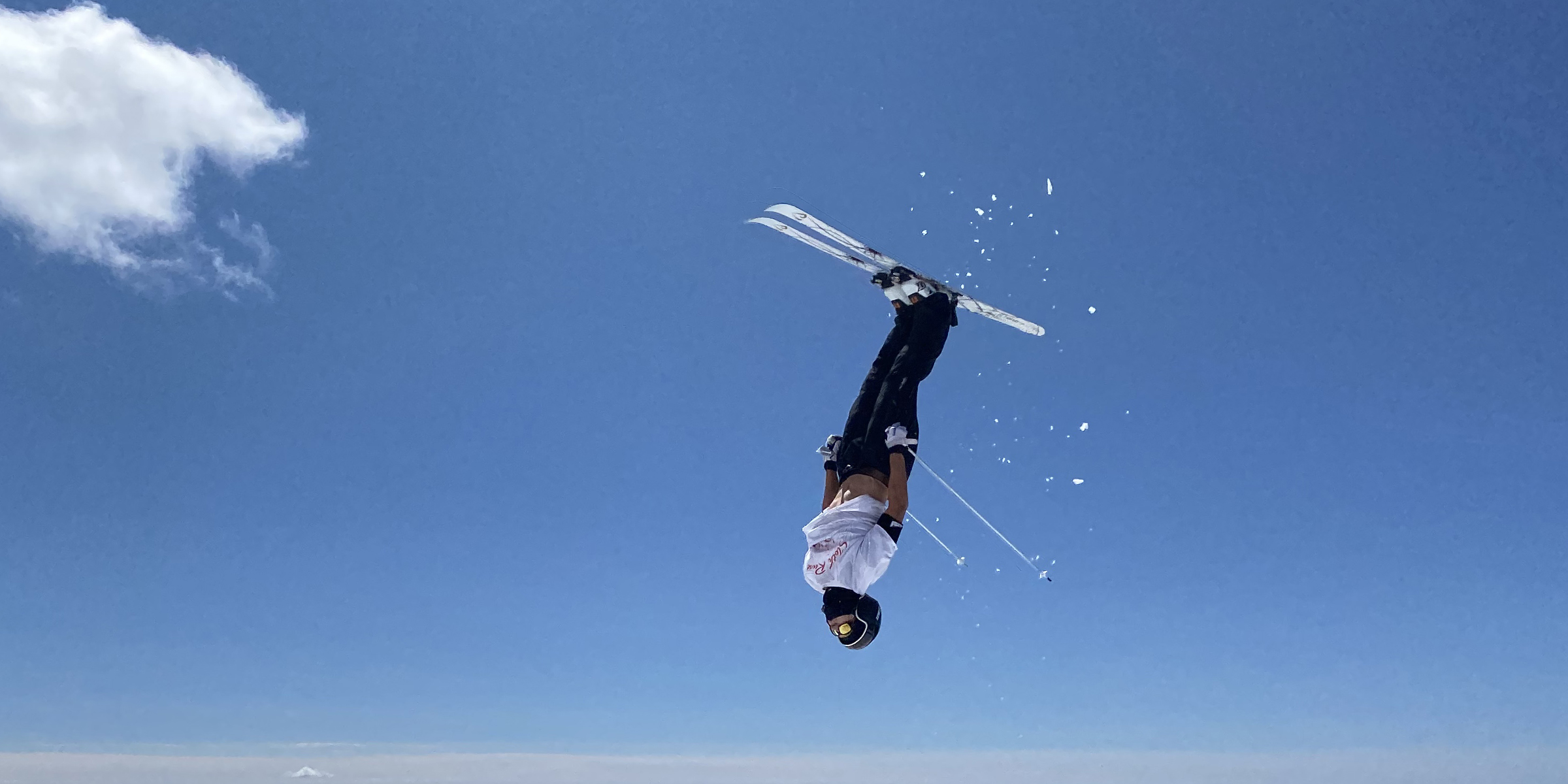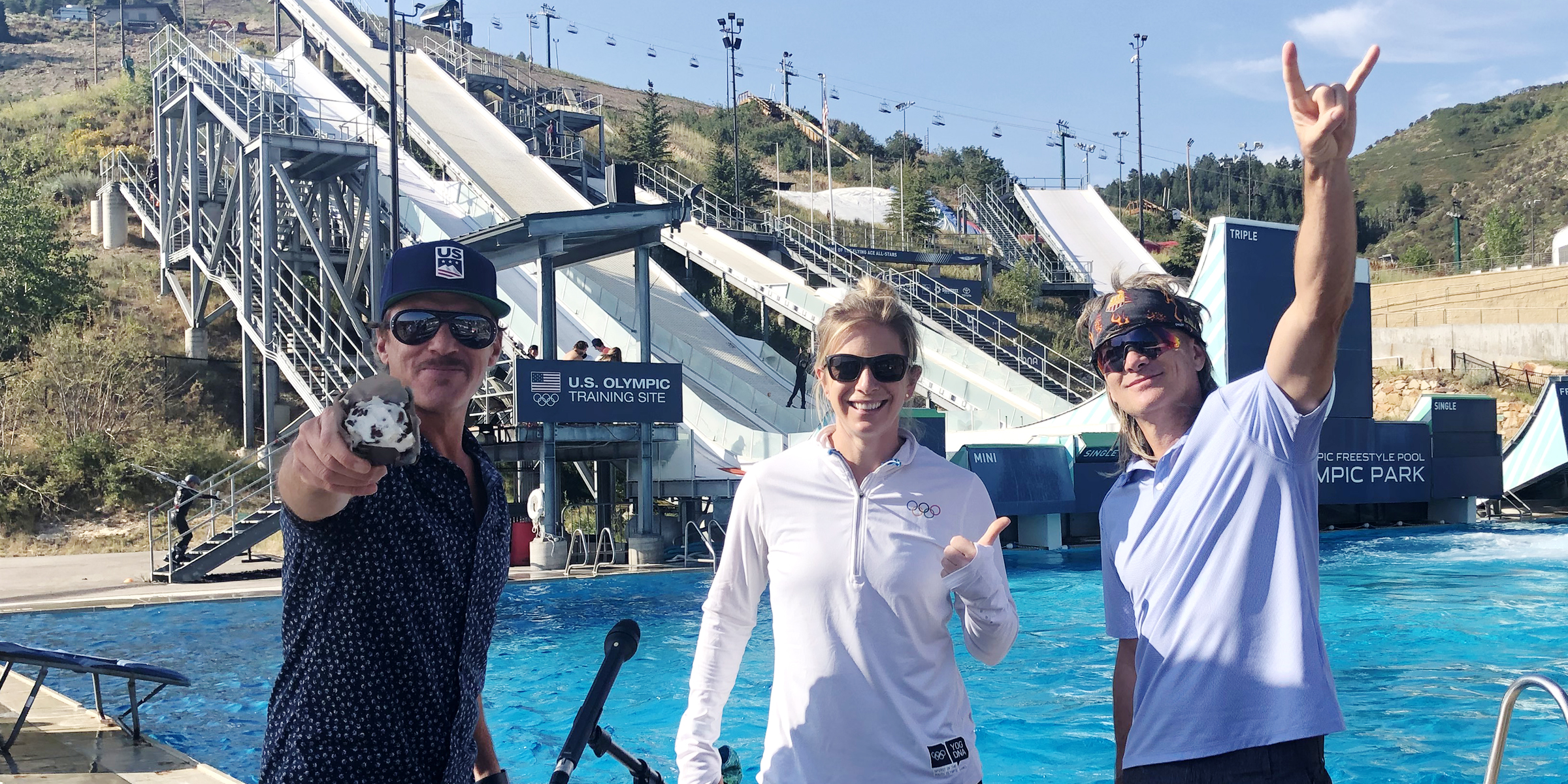Inaugural Aerials Development Camp Fosters Future Talent
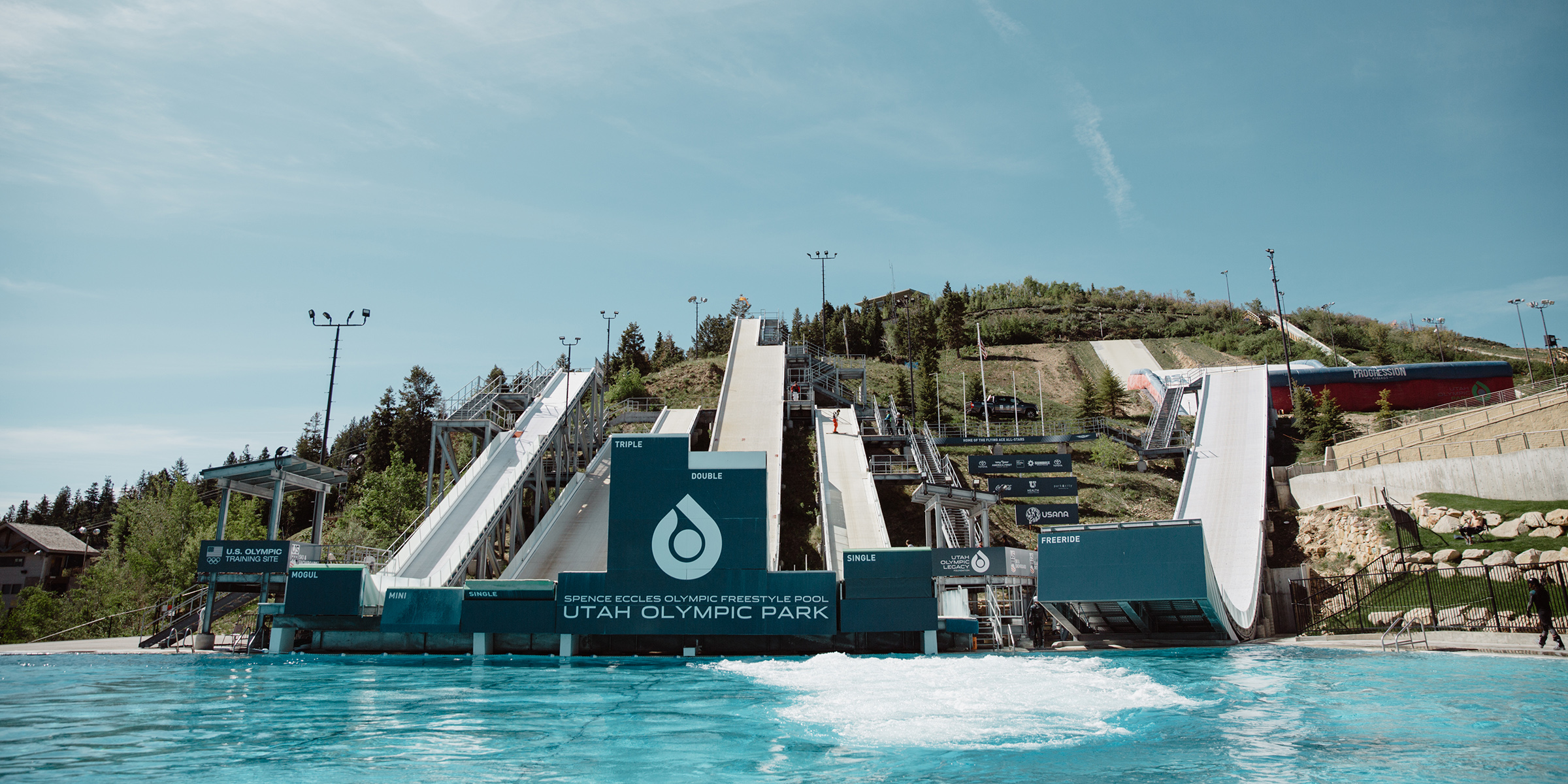
Up-and-comers in aerial skiing had the opportunity to participate in U.S. Ski & Snowboard’s inaugural Aerials Development Camp. The six athletes that qualified included Karenna Elliott, Tasia Tanner, Bobbi Vornheder, Derek Krueger, Finnean Mceneany and Connor Curren. All participating athletes already train together as members of Park City Ski & Snowboard (PCSS). This unique scenario made the camp possible during the current COVID-19 pandemic.
U.S. Ski & Snowboard Aerials World Cup Coach J.C. Andre and PCSS Head Aerial Team Coach Jack Bouczuk collaborated together to coach these athletes over the course of 4 weeks from early August to early September. Engaging with member clubs is important in creating a seamless transition to the Team and a strong development pipeline.
“It’s a way for us to connect the next up-and-coming aerials athletes with the Team, and to connect those club coaches with ours,” explained U.S. Ski & Snowboard Sport Development Senior Manager Ashley Diebold. “We are trying to develop a common language amongst National Team coaches, club coaches and development athletes so that we’re all working from the same foundation. The goal is that by creating this opportunity for collaboration between the U.S. Ski Team coaches, club coaches and development athletes we will strengthen our development pipeline and thereby improve athletic experience and outcomes.”
Although the goal is to work towards coaches speaking the same language, a unique perspective is always welcomed by athletes.
“Things can get repetitive in aerials, Jana [Johnson] and I have been coaching these specific athletes for two years,” explained Jack. “So having another coach come in, with a different voice, mixes things up and helps keep these athletes motivated. When development athletes hear “U.S. Ski Team,” [attached to the camp] it gives them hope and courage in pursuing that ultimate goal of making the Team.”
Athletes were asked to set individual goals at the beginning of camp and work with JC on making noticeable improvements throughout the month. “The number one focus was good technical skills, making sure they were all square coming out of the jump and coming into the landing,” explained JC. “Most thought we would be doing more DD (degree of difficulty tricks), but I think the basics are most important. We want the basics to be as close to 100% as possible so that once we move on to DD, there aren’t as many mistakes. I think a lot of them thought they’d be hucking off things, so there was a reality check there. But [towards the end of camp] we’re back to DD, and they see their tricks are better.”
“The main thing that I worked on was making my lay-in on my lay tucks, lay lays, and lay fulls straighter,” said Tasia. “I didn’t really succeed with this until the last couple days of the camp but it’s something that’s really going to make me a better aerialist and I’m really excited to do it on snow.”
“Overall the camp was very productive,” said Derek. “JC helped me perfect all of my skills by starting with the basics and slowly adding on flips and twists until we eventually got to double full full (double backflip with three twists). This past camp I learned that perfecting the small details will make me a better jumper in the long run.”
Opportunities for club coaches and athletes to work with U.S. Ski Team staff creates a more collaborative process in putting athletes on podiums, and facilitates identifying and growing young talent. With such a successful first iteration of the program, both JC and Jack look forward to expanding the camp next year. “Coaching together, hopefully we can create more of a relationship for next summer and in the future,” said JC.
